An office on the 4th floor
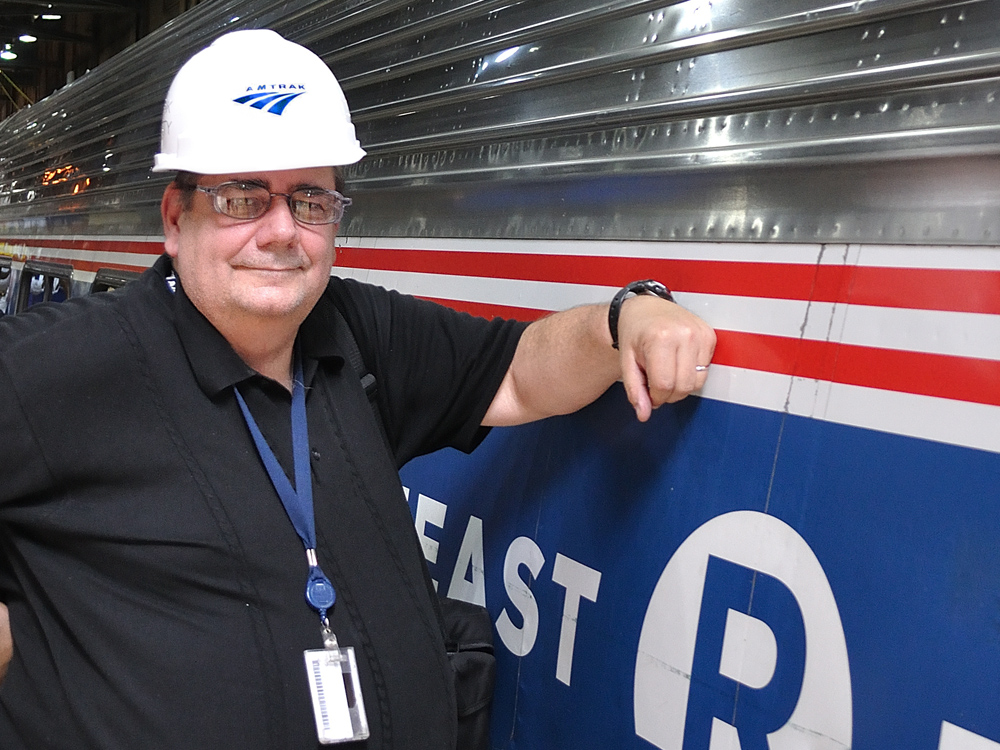
Aside from criss-crossing the country to take pictures of everything Amtrak, my greatest pleasure was working with the folks who occupied the executive offices of the National Railroad Passenger Corporation, explaining to them the “other side of railroading.” Unionized workers typically envision management as an army of clueless, overpaid, decision makers. It’s usually “us versus them.” For me, when FRA Administrator, Joseph H. Boardman, became president of Amtrak, on Nov. 25, 2008, that perception changed markedly.
The following day, Joe showed up at Washington Union Station, and along with his wife, Joanne, greeting employees who would be working the busiest travel day of the year — the day prior to Thanksgiving. Everyone wants to be at Grandmother’s house for the traditional turkey dinner, but someone has to get them there. At Amtrak, this means all hands on deck — except for management, so you can imagine the surprised faces at the train and engine crew base when the Boardmans, of all people, spent the entire day thanking everyone for coming in.
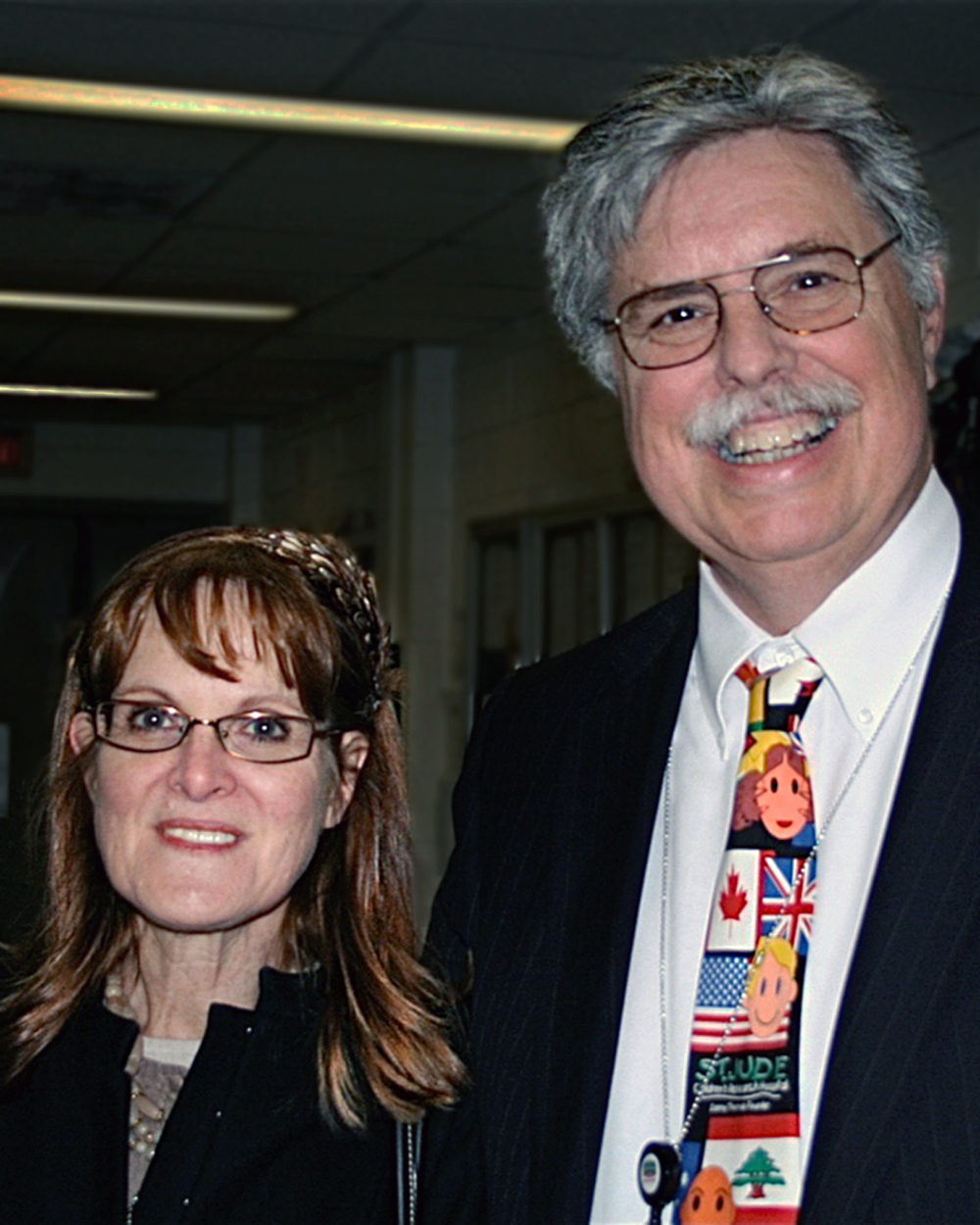
As I began a short layover before my return train to Richmond, this big fellow walked up to me, introduced himself, and said “I read your stuff in the magazines. You and I need to have a talk. What are you working Sunday? I’d like to ride with you. Who do we have to tell? I don’t want people running around, straightening their ties and polishing their shoes. I want to find out about the people who really run this railroad, and I think you’re the person to help me.”
I knew Joe too. Along with Congressman Jim Oberstar (D-MN), he’d championed what would finally become the 2008 Railroad Safety Improvement Act. Finally, after much industry resistance, only weeks after the public outcry when 25 passengers died and 125 were injured, in a head-on wreck in Chatsworth, Calif., it became law.
“I have a job for you, Doug. We’ll be celebrating Amtrak’s 40th anniversary in 2011. A book needs to be written about Amtrak’s history. You write and you’re pretty handy with a camera I want you as our company photographer, working under Joe McHugh and Cliff Black in Corporate Communications and Government Affairs. We’ll talk more about it on our way to Richmond. We’re on No. 195, right? How’s it running?”
Joe took my suggestion to politely get train’s status from the crew dispatcher. “And who the hell wants to know,” the overworked young lady shot back. I scurried over and whispered, “This is Joe Boardman, the new president of Amtrak.” She was terrified, unable to utter a word, but Joe’s laughter echoed throughout the crew room. Afterwards, Joe would stop by to genuinely wish her well when he could. He was just that kind of guy.
I was immediately granted a leave of absence, my seniority as an engineer was preserved, I was issued a white hard hat, given an office on the 4th floor at Washington Union Station, down the hall from Joe’s, and cart blanche to photograph Amtrak wherever I wished. Best of all, Joe Boardman became one of my dearest friends. I miss him.
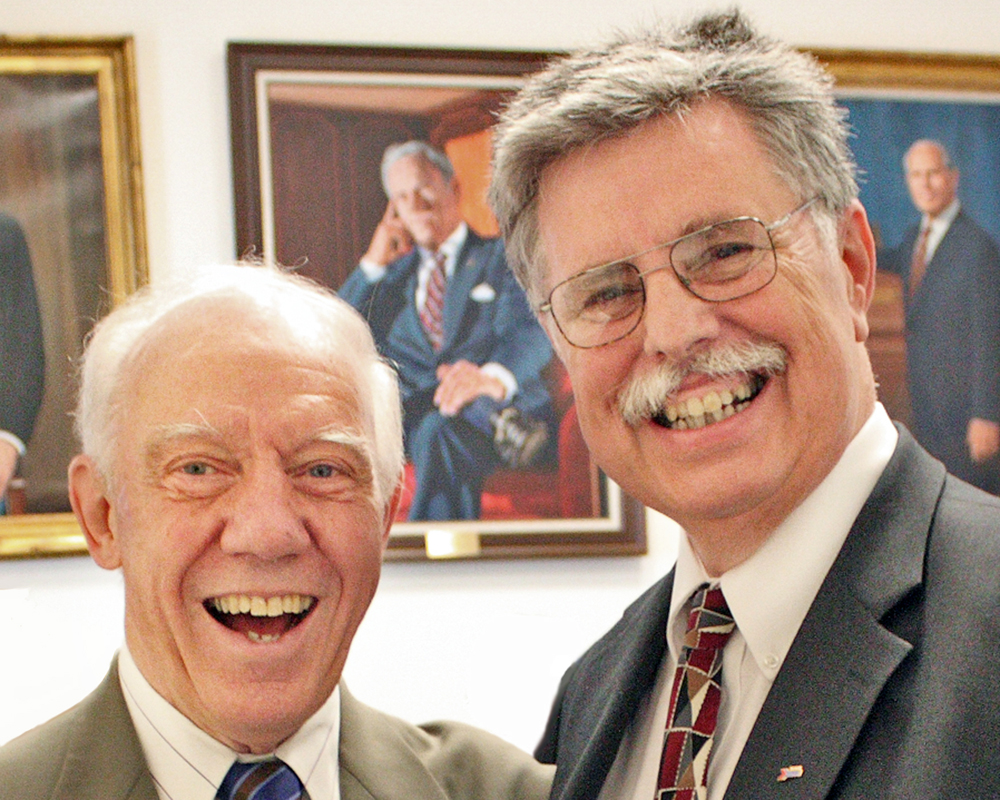
Check out the previous column, “From the Cab: Learning the route,” from retired Amtrak Engineer Doug Riddell.






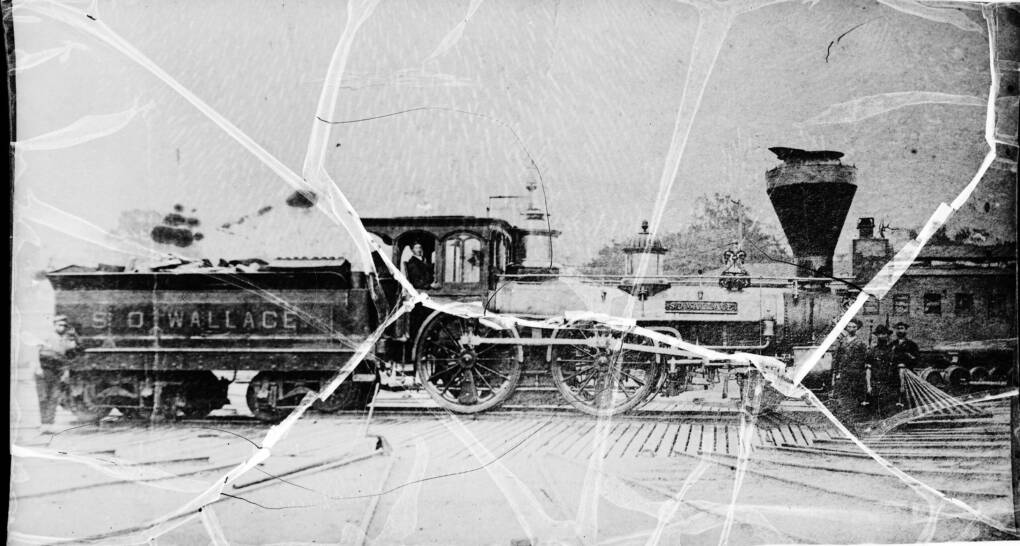


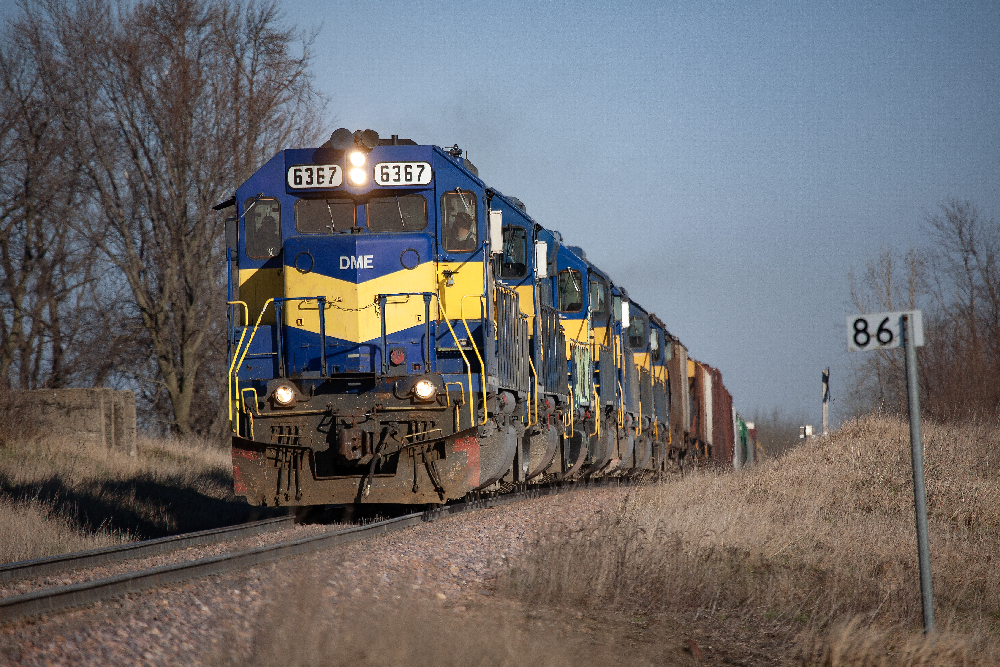




Amtrak has followed the tradition of many companies, when they finally get a leader who knows what they are doing, they are forced out or they quit.
Too many individuals without any railroad experience have been placed at the helm of Amtrak.
Yes Doug, you made a difference with Amtrak and I wish Broadman or someone like him were still in charge. Thanks for the story!
Doug probably coulda run it!
Right place, right time!